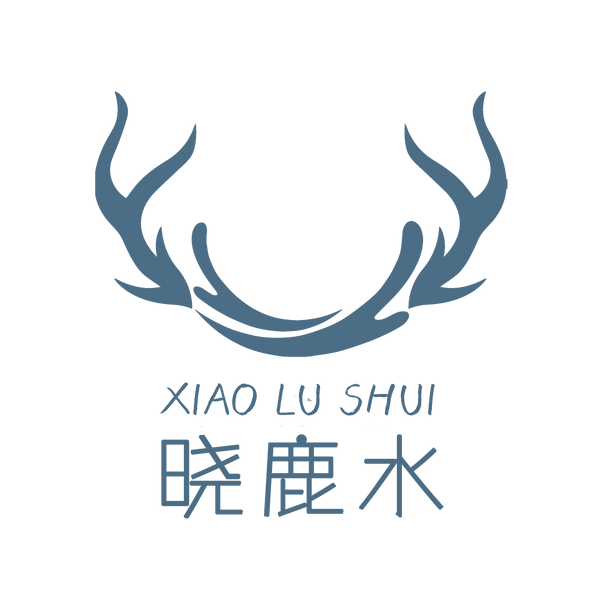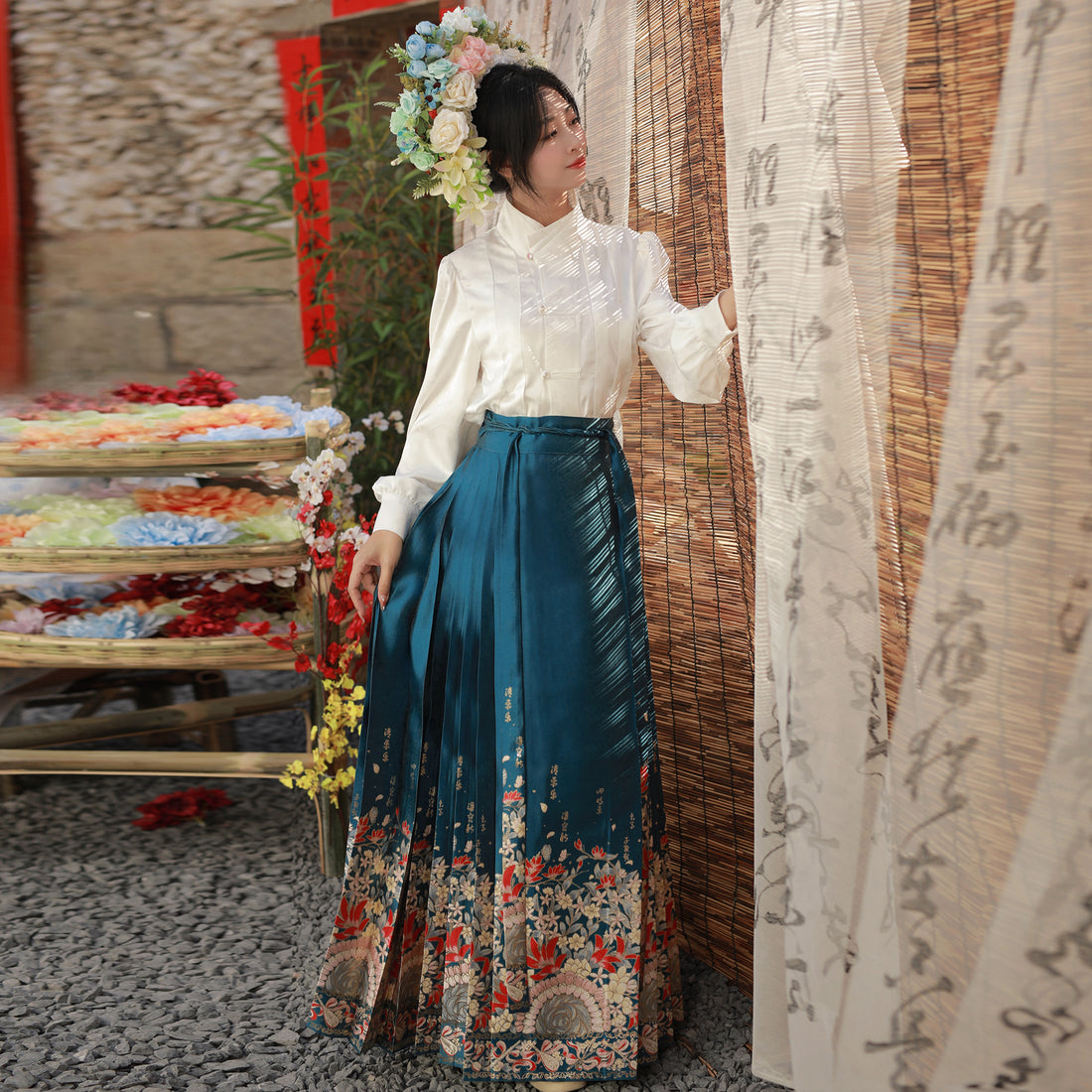Hanfu, as the name suggests, refers to the traditional attire of the Han Chinese people. It represents the clothing system created and developed by the Han ethnic group through their long social history. The style and characteristics of Hanfu have evolved over time, yet they consistently maintain unique ethnic styles and aesthetic qualities. Hanfu is not just a type of clothing; it also embodies profound cultural significance and historical traditions.
The features of Hanfu mainly include the following aspects:
- Cross-collar with right over left: The collar of Hanfu is typically crossed, and most often it is right over left.
- Wide sleeves: Hanfu usually features wide sleeves, especially evident in the garments worn for formal or ceremonial occasions.
- Separate skirts and pants: Traditional Hanfu separates the upper garments from the lower, with skirts usually being long and pants being loose.
- Wearing belts or sashes: When wearing Hanfu, belts or sashes are commonly used to adjust the fit of the garment and also serve decorative purposes.
- Rich decorations and patterns: The embroidery and decorative patterns on Hanfu are abundant, often inspired by nature or traditional cultural symbols, such as dragons, phoenixes, and lotus flowers, symbolizing good fortune.
There are many types of Hanfu, varying according to different dynasties and social statuses. The style, color, and decorations of Hanfu differ accordingly. For example, Hanfu from the Tang dynasty is known for its loose and generous fit and vibrant colors, while Hanfu from the Song dynasty focuses more on simplicity and practicality.
In recent years, with the growing interest in traditional culture among the Chinese people, the Hanfu movement has gradually gained momentum. An increasing number of people have started wearing Hanfu as a way to express their respect and love for Chinese traditional culture.

